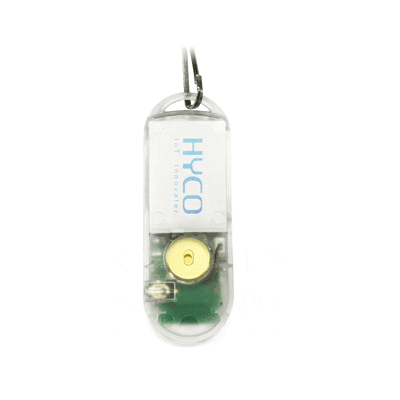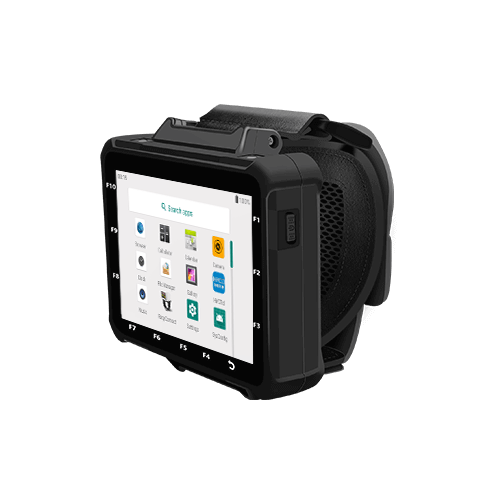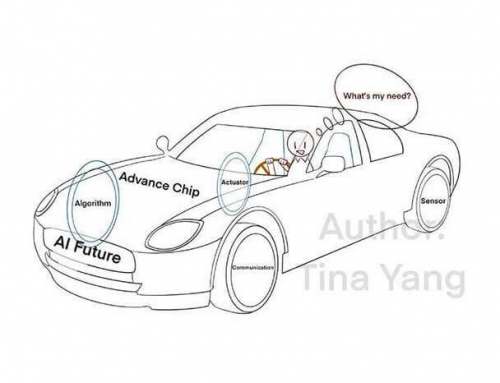Don’t Overlook The Importance of Hardware-Software Integration
As an engineer and inventor, I have seen a persistent problem with technological development of late —- product makers focusing solely on software innovation without considering the role of its integration to hardware. Although this problem can be seen across all sorts of industries, it has had a particular negative impact on productivity and efficiency when it crops up in logistics and supply chain applications.
Take the case of camera systems used for performance monitoring in last-mile delivery. Major courier and parcel companies have equipped their delivery vehicles with a seemingly powerful camera system capable of collecting various delivery data and monitoring drivers’ actions as they enter the cargo compartment. The software for the system automatically turns on the cargo compartment lights when packages are retrieved. It would seem that the software used in the camera system would be highly beneficial for drivers.
However, the reality is that during the day, there’s plenty of light inside the cargo area, so there’s no need for the lights to come on automatically. In fact, the camera needs no additional illumination to easily detect whether someone is entering or exiting the cargo area during daylight.
But there’s a bigger problem that arises after sunset when the cargo compartment is completely dark and the need for automatic lighting becomes critical. Due to low light levels, the camera often fails to detect the presence of a person or their movements inside the cargo area. Because the camera-based motion detection system for controlling the lights is ineffective -- and the lights do not turn on —- a delivery driver has to use the flashlight on a mobile phone or a handheld torch to search for packages. The need for manual illumination is extremely inconvenient, time-consuming, and undercuts driver productivity.
Initially, I thought this was a bug with the camera on just a few vehicles. But after speaking with several experienced delivery drivers, I learned that this situation has persisted for years.
The Reasons For The Software-Hardware Integration Problem
The camera system illustrates the problem many technological applications have right now with the misalignment between software and hardware. But it’s about to get worse as more product makers adopt artificial intelligence (AI). Without taking into account hardware integration, many AI solutions that rely purely on algorithms and computational power will backfire in practical applications.
That’s why, for the past 30 years, I have consistently emphasized that innovators and entrepreneurs must adhere to the fundamental principle of application-driven innovation. This means that products need to be tested in user scenarios for practicality. Product developers have to put aside their complacency and stop relying solely on their belief in technological advantages, without considering the practicality of using the product in the real world.
Product innovators have a public duty to ensure that their applications are logically sound and provide an optimal user experience. From my experience, it’s been extremely challenging for most engineers and entrepreneurs to overcome their complacency of relying solely on their technological brilliance that results in them not giving any consideration to pragmatism. This is why —- in my view —- revolutionary innovation is so rare.
I’ve also come to suspect that there’s another reason behind this failure to give adequate consideration to hardware-software integration in product development here in the United States. The thought failure stems from decades of outsourcing hardware production. Consequently, technology companies, especially in Silicon Valley, don’t take into account the need for such integration when developing new products.
Product Value Requires Hardware Software Integration
Product innovators that don’t consider real-world application needs or take into account the user experience are nothing more than a venture aimed at venture capitalists. If a product driven by software is to provide real-world benefits, in all industries but especially for the supply chain, product innovators must take the necessary precautions in design and testing to ensure that the software works together with the hardware to meet the purpose of the application.







